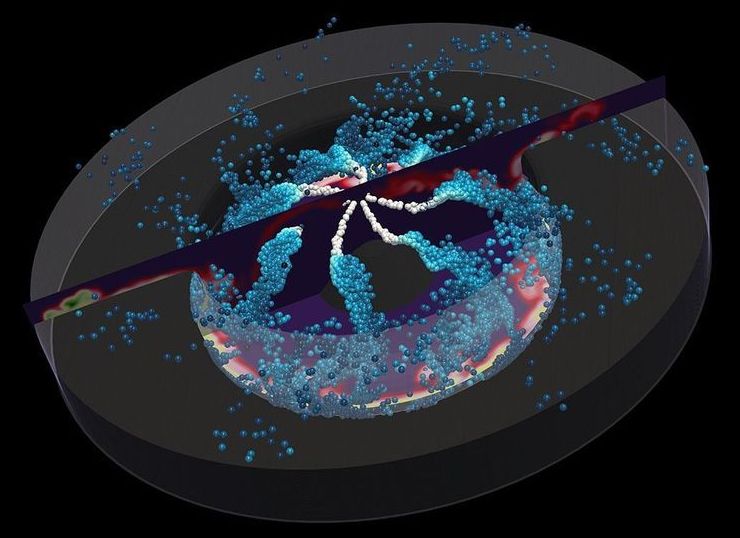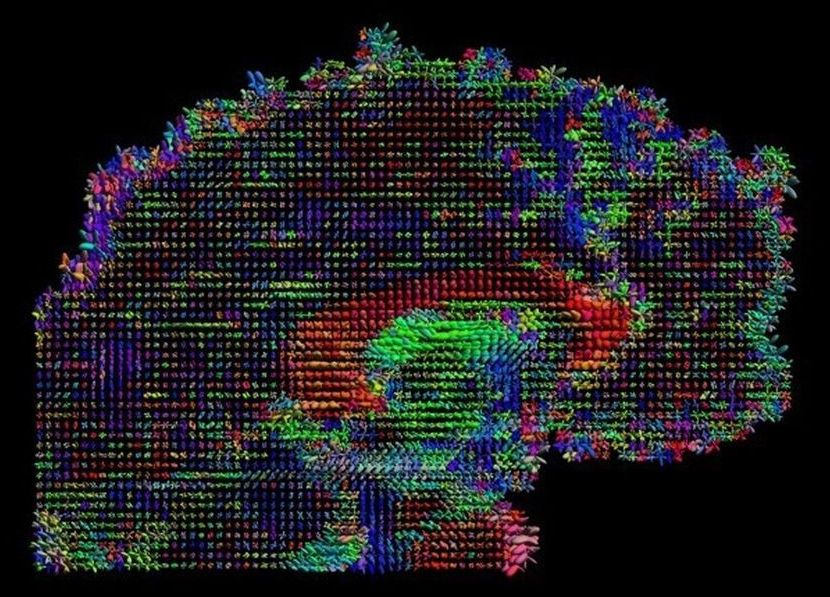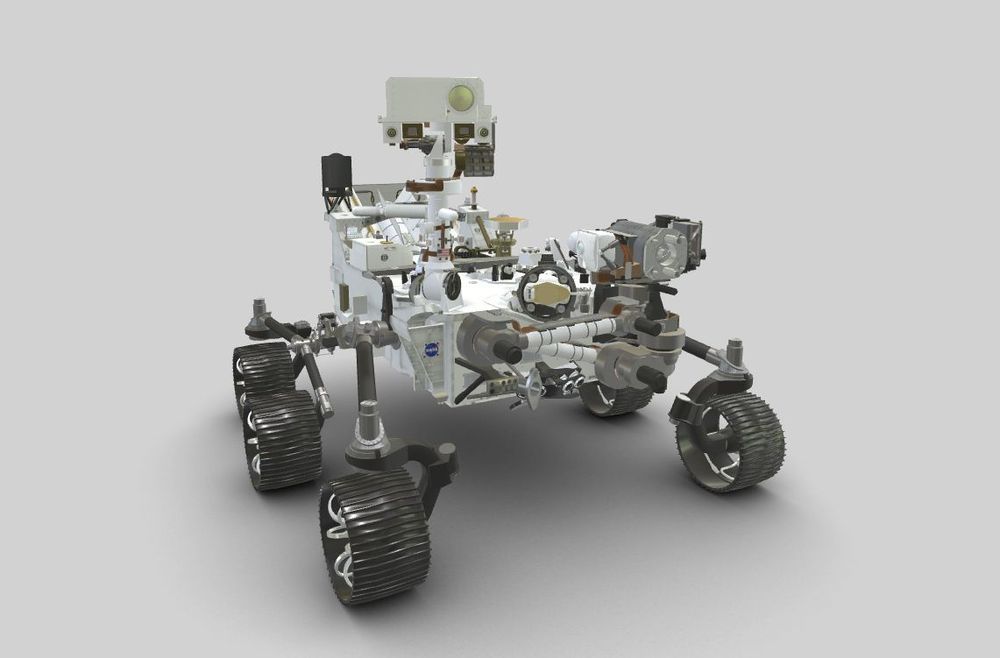Jul 26, 2020
New Argonne supercomputer, built for next-gen AI, will be most powerful in U.S.
Posted by Nicholi Avery in categories: neuroscience, robotics/AI, supercomputing
“‘Aurora will enable us to explore new frontiers in artificial intelligence and machine learning,’ said Narayanan ‘Bobby’ Kasthuri, assistant professor of neurobiology at the University of Chicago and researcher at Argonne. ‘This will be the first time scientists have had a machine powerful enough to match the kind of computations the brain can do.’”
Super computer Aurora will help map the human brain at “quintillion—or one billion billion—calculations per second, 50 times quicker than today’s most powerful supercomputers.”
Note: the article discusses implications beyond neuroscience.
Continue reading “New Argonne supercomputer, built for next-gen AI, will be most powerful in U.S.” »

















